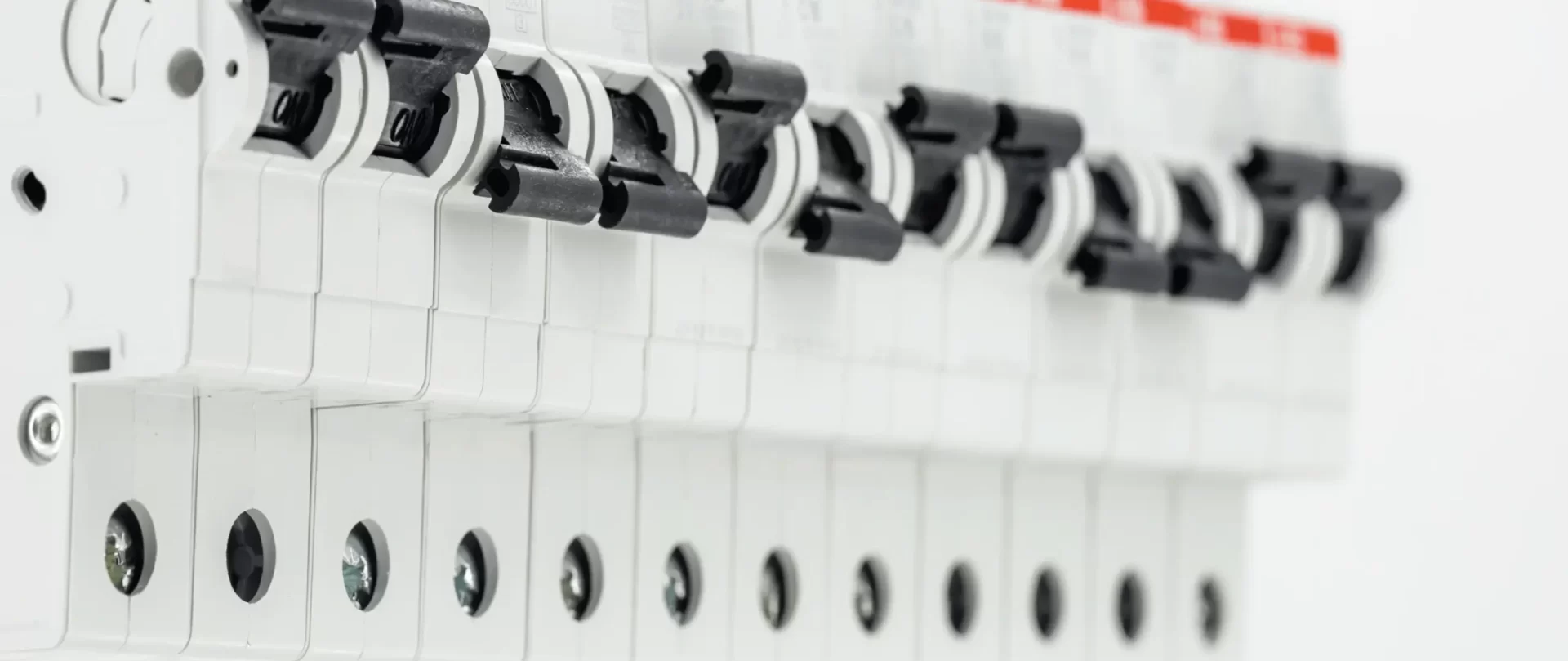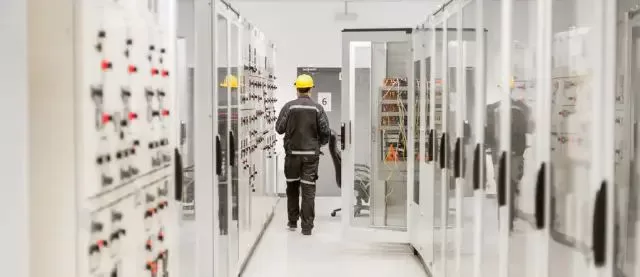Switchgear refers to a certain programme of primary equipment, secondary equipment assembled into a complete set of power distribution equipment, mainly used for lines, equipment control, protection. Switchgear can be divided into high-voltage switchgear (fixed and trolley) and low-voltage switchgear (fixed and drawer) according to the voltage level of the inlet and outlet lines.
The structure of high-voltage switchgear is generally similar, mainly divided into busbar room, circuit breaker room, secondary control room (instrumentation room), feeder room, the room is generally isolated by steel plate. Low-voltage switchgear is mainly classified according to the installation method of components.
KYN28A-12 armoured middle-mounted high-voltage switchgear cabinet
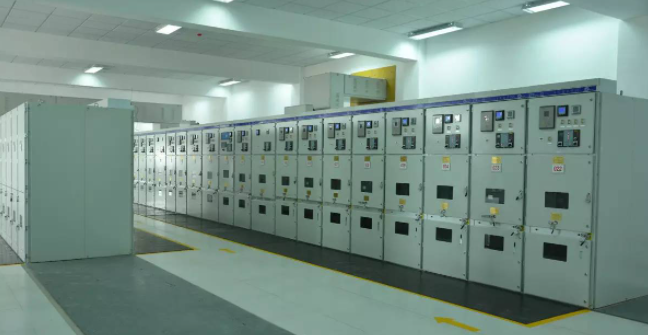
GGD low voltage fixed switchgear

MNS low-voltage withdrawable switchgear cabinet
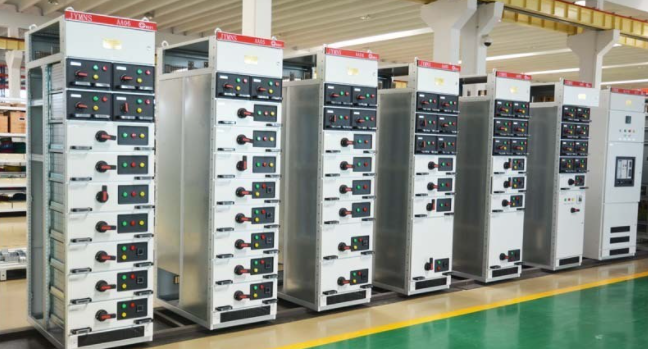
KYN61-40.5 armoured moveable metal-enclosed switchgear cabinet
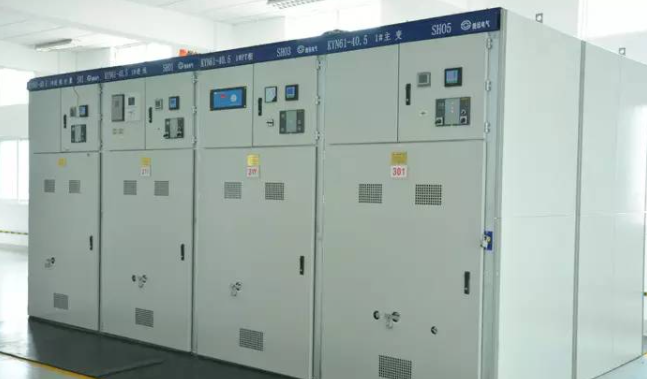
GCK low voltage withdrawable switchgear

Internal components include: busbar (busbar), circuit breaker, conventional relay, integrated relay protection device, metering instrument, disconnecting knife, indicator, grounding knife, etc.
1、Incoming Cabinet
Also called the receiving cabinet, it is the equipment used to receive power from the grid (from the incoming line to the busbar), generally installed with circuit breakers, CT, PT, disconnectors and other components.
2、Outlet cabinet
Also called feeder cabinet or distribution cabinet, is used to distribute electrical energy equipment (from the bus to each outlet), generally also installed with circuit breakers, CT, PT, disconnectors and other components.
3、Bus contact
Also called bus breakout cabinet, is used to connect the two sections of bus equipment (from bus to bus), in the single bus segmentation, double bus system often need to use the bus contact to meet the user to choose a different mode of operation or to ensure that there is a choice of fault conditions to remove the load.
4、PT cabinet
Voltage transformer cabinet, generally installed directly on the bus to detect the bus voltage and protection functions. Inside the main installation of voltage transformer PT, isolation knife, fuses and lightning arrester and so on.
5、Isolation cabinet
Is used to isolate the two ends of the busbar or isolation of powered equipment and power supply equipment, it can provide a visible end point for the operator to facilitate maintenance and overhaul operations. Since the isolation cabinet does not have the ability to break or turn on the load current, it is not possible to push or pull the handcart of the isolation cabinet when the circuit breaker with which it is fitted is closed. In general applications, it is necessary to set the circuit breaker auxiliary contact and isolation trolley interlocking, to prevent misoperation of the operating personnel.
6、Capacitor cabinet
Also called compensation cabinet, is used to improve the power factor of the power grid, or for reactive power compensation, the main device is connected in parallel with the group of capacitors, switching control circuit and fuses and other protective appliances. Generally installed in parallel with the feeder cabinet, one or more capacitor banks can be operated in parallel. After the capacitor bank is disconnected from the grid, the capacitor bank needs some time to complete the process of discharge, so you can’t touch the components inside the bank directly, especially the capacitor bank; within a certain period of time after the disconnection of the power (according to the size of the capacitor bank capacity, e.g.: 1 minute), it is not allowed to re-open the gate, so as not to produce over-voltage damage to the capacitor. Automatic control function, but also pay attention to the reasonable distribution of the number of groups of capacitor banks cut, so as to avoid a group of capacitor damage, while the other groups are seldom cut the situation.
7, metering cabinet
Mainly used for measuring electric energy (kWh), and high-pressure, low-voltage points, generally installed with isolation switches, fuses, CT, PT, active meter (traditional or digital meter), reactive meter, relays, and some other auxiliary secondary equipment (such as load monitoring instrument, etc.).
8、GIS cabinet
Also known as closed combination electrical cabinet, it is the circuit breaker, disconnecting switch, grounding switch, CT, PT, surge arrester, busbar, etc. closed combination in a metal shell, and then insulating properties and arc extinguishing performance of the gas (generally with sulfur hexafluoride SF6) as the phase to phase and to the ground as an insulating measure for the high-voltage and high-capacity level of the power grid, used as a power distribution and control.
9、Circuit breaker
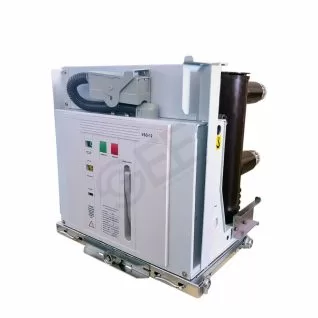
Under normal operating conditions, the circuit breaker is in the closed state (except for special applications) and connects the circuit. When carrying out automatic control or protection control operation, the circuit breaker can carry out circuit breaking or connecting operation under the control of the integrated protection device. The circuit breaker can not only turn on and off the normal load current, but also can withstand a certain time of short-circuit current (several times or even dozens of times the normal operating current), and can break the short-circuit current and remove the fault lines and equipment.
Therefore, the main function of the circuit breaker is to break and turn on the circuit (including breaking and turning on the normal current, breaking short-circuit current).
Because in the process of breaking and turning on the circuit, the circuit breaker’s movable contacts and static contacts inevitably produce arcs between them. In order to protect the contacts, reduce the loss of contact material and reliable breaking circuit, must take measures to extinguish the arc as soon as possible, one of which is the use of different arc extinguishing medium filled with circuit breakers, static contacts.
According to the arc extinguishing medium of different circuit breakers can be divided into: oil circuit breaker (more oil, less oil), sulfur hexafluoride (SF6) circuit breakers, vacuum circuit breakers, air circuit breakers. The main primary equipment in the high and low voltage switchgear that we often come into contact with in the project is the circuit breaker. Because the circuit breaker’s moving and static contacts are generally wrapped in a container full of arc extinguishing medium, so the circuit breaker’s breaking and closing status can not be judged directly, generally through the circuit breaker’s auxiliary devices (such as breaking and closing position pointer, etc.) to discern.
10、Disconnecting knife
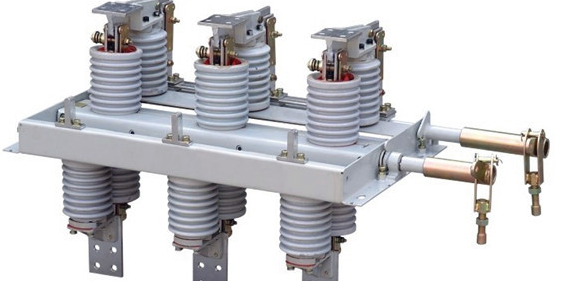
Isolation knife (or isolation switch) because there is a clear break can be identified on or off, mainly used to isolate the high-voltage power supply to ensure the safety of lines and equipment maintenance, can break the current is very small (generally only a few amps). Because there is no special arc extinguishing device, so it can not be used to break the fault current and the normal operating current, does not allow the breaking operation with load.
11、Fuse
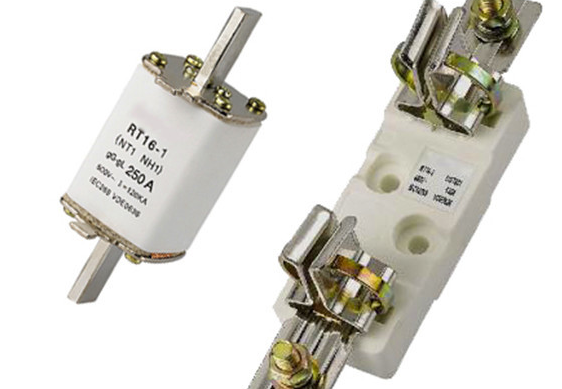
Fuse is a simple circuit protection appliance, the principle is that when the current flowing through the fuse reaches or exceeds the fixed value of a certain period of time, its own melt, cut off the circuit. Its action principle is simple, easy to install, generally not used alone, mainly used in conjunction with other electrical appliances. The main action characteristics: First, the current to reach a certain value, the value in the fuse factory has been done, can not be changed; Second, the current reaches a certain value after a certain period of time, the time is also the manufacturer to do a good job, can not be changed, but there are many types of action, including delayed action, rapid action, ultra-rapid action, etc.; Third, the action of the body is damaged, can not be reused, and must be replaced; whether the fuse is melted can be Whether the fuse is blown or not can be judged by the blown indicator, also can be judged by the appearance of the fuse; commonly used fuses, fuse belongs to the scope of this type of electrical appliances.
12、Load switch
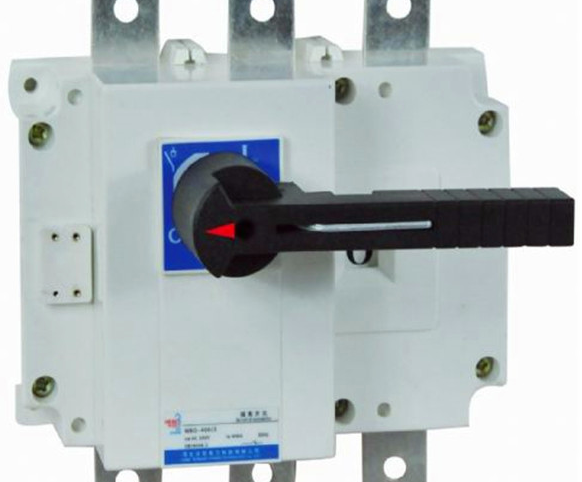
Load switch has a simple arc extinguishing device, the arc extinguishing medium is generally air, can connect and break a certain current and overcurrent, but can not break the short-circuit current, can not be used to cut off the short-circuit fault. So it is absolutely not allowed to simply use the load switch to replace the circuit breaker; if you want to use the load switch, must be used in conjunction with the previously mentioned high-voltage fuse (in fact, often used in series with the fuse and the load switch, used as a simple overload protection to reduce the cost of the project). Load switches are similar to disconnecting knives in that they have a clear disconnecting gap, which makes it easy to determine whether the circuit is in the on or off state.
13、Transformer
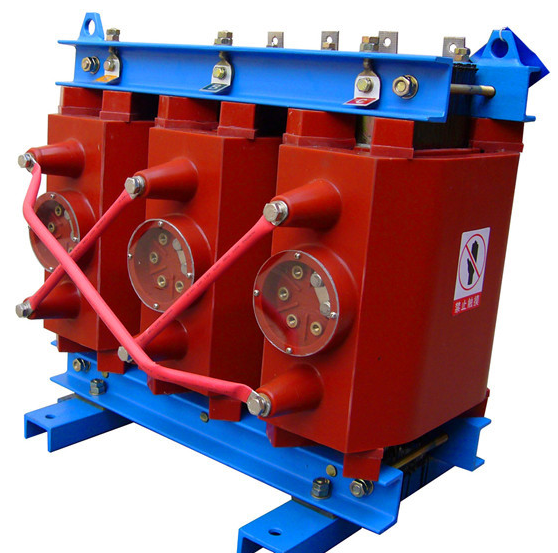
Simply put, the transformer is the use of alternating electromagnetic fields to achieve different voltage levels of conversion equipment (in fact, the conversion of electrical energy), before and after the transformation of the voltage does not occur on the frequency change. According to its use can be divided into many kinds, such as power transformers, rectifier transformers, regulators, isolation transformers, and CT, PT, etc.. We often encountered in the engineering field is the power transformer.
Some of the main technical parameters related to the transformer include:
① Rated capacity: the rated output capacity of the transformer under rated operating conditions (equal to U × I, unit KVA);
② rated voltage: no-load, rated tap, the value of the terminal voltage (i.e., primary and secondary side voltage values);
③No-load loss: no-load conditions, the transformer’s loss (also called iron consumption);
④No-load current: under no-load conditions, the value of current flowing through the coil on the primary side;
⑤ short-circuit loss: the primary side of the rated current, the secondary short-circuit loss (mainly generated by the coil resistance);
⑥ tap (tap) concept: in order to suit the needs of grid operation, the general transformer high-voltage side are tapped, the voltage value of these taps are expressed as a percentage of the rated voltage, that is, the so-called tap voltage. For example, a high-voltage 10KV transformer with ±5% taps means that the transformer can operate at three voltage levels: 10.5KV (+5%), 10KV (rated), 9.5KV (-5%). Generally, on-load regulator transformers have a higher number of taps (tap points), e.g. 7 tap points (±3 x 2.5%) and 9 tap points (±4 x 2%). Since the synchronous switching of the tap changer is not fully guaranteed, on-load voltage regulator transformers are generally not capable of parallel operation.
(vii) Active loads: loads in the power system that generate machine energy or thermal energy. But the load in the purely resistive load only consumes active power, such as electric heat, electric furnaces, lighting and other power loads are fully active loads. And asynchronous motor, synchronous motor loads consume both active power, but also consume reactive power, which work to produce machine energy part of the active load. Active load to be supplied by the generator active power.
(8) reactive load: in the electric load does not work in the part. Only inductive loads in the consumption of reactive power. Such as: transformers, motors, air conditioners, refrigerators and so on. So in the generator output active power at the same time, but also need to provide reactive power. When the reactive power cannot satisfy the grid, the voltage of the system will drop, in order to meet the demand of the users, so the reactive power compensator should be installed in the substation to keep the balance of reactive power, so that the voltage level can be maintained.
⑨ Accidental standby: one of the components of standby capacity in a power system. As power generation equipment may occur temporary or permanent failure and affect the power supply, so the system must set up a certain number of accidental backup power to ensure the safety of power facilities.
⑩System Unwinding: A measure to break down a complete power system into several independent systems that are no longer operating in sync in order to prevent the system from going out of step and expanding accidents. After the de-listing of some local systems may occur power shortage, frequency and voltage drop therefore need to cut off part of the load, to prevent the stability of the whole system is damaged.
14、PT(TV)/CT(AV) Transformer
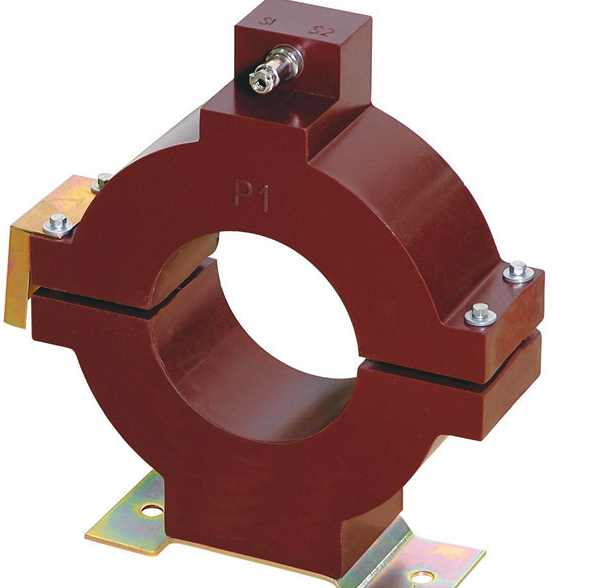
The transformer is actually a special transformer, which is mainly used to electrically isolate the primary circuit from the control circuit, thus expanding the range of use of secondary equipment (instrumentation, comprehensive protection, etc.). The use of PT/CT prevents the high voltage/current of the primary circuit from entering directly into the secondary control equipment (e.g. instrumentation, IMD, etc.), and also prevents the failure of the control equipment from affecting the operation of the primary circuit.
Current transformers (CT, AV) are characterised by the following features: the primary winding N1 is thick and small, the secondary winding N2 is thin and large, and the rated current I2 of the secondary side is generally 5A (according to N1I1=N2I2, you can approximate the primary current I1, or select the current transformer with the corresponding ratio according to the primary current I1). As the CT in the work of the primary winding and secondary winding are connected in series in the primary circuit and secondary control circuit, according to the characteristics of the transformer U1I1 = U2I2 can be derived from the secondary side of the work of the working voltage, the voltage in the open circuit is very large, so the CT is absolutely not allowed to open circuit. According to the use to divide, usually can be divided into protection and measurement CT. measurement CT in the primary circuit short-circuit fault, easy to saturation, in order to limit the secondary current (secondary winding side current I2) is too large, to achieve the purpose of protection of the comprehensive protection device; and protection CT in the primary circuit short-circuit fault, should not appear protection phenomenon, in order to ensure that the comprehensive protection device reliable action.
② ratio: transformer high-voltage side winding and low-voltage side winding turns of the ratio known as the ratio, approximate available high-voltage side and the low-voltage side of the rated voltage ratio. 3, voltage transformer (PT, AV) is characterised by: the primary winding turns N1 more than the number of turns of the secondary winding turns N2 less than the equivalent of a step-down transformer (the secondary side of the rated voltage is generally 100V). As the PT in the work of the primary winding and secondary winding are connected in parallel in the primary circuit and secondary control loop voltage coil, and because of the voltage coil impedance is very large, so the PT secondary side current is very small, the secondary winding is approximate to the no-load state; but the secondary winding itself is very small impedance, so if the secondary winding is short-circuited, then it will lead to a very large secondary side current (N1I1 = N2I2). Therefore, the secondary winding of PT should never be short-circuited.
15、Handcart / drawer

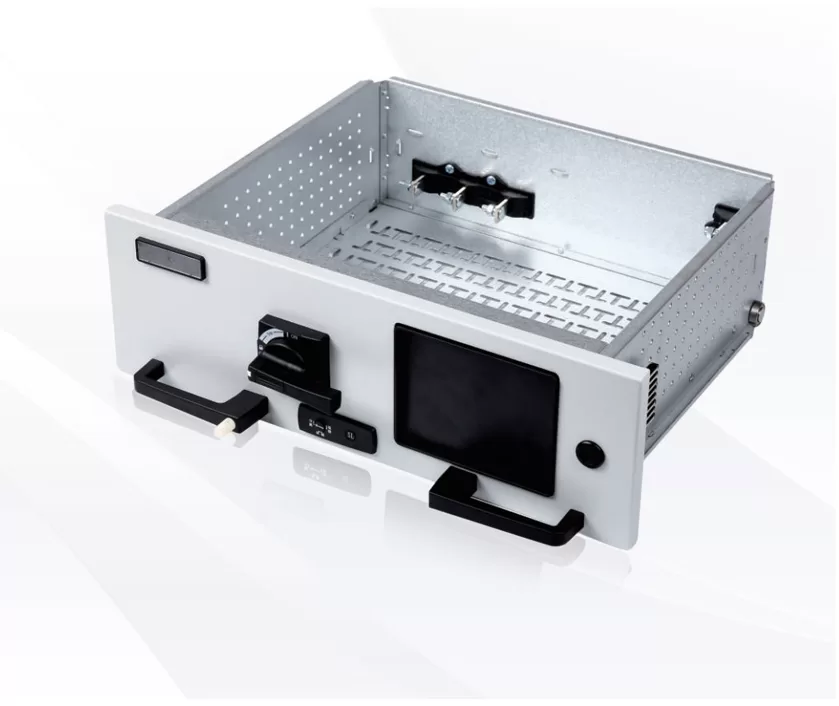
Trolley and drawer are part of high-voltage switchgear and low-voltage switchgear respectively, installing high-voltage circuit breakers and low-voltage circuit breakers and their relays and other components. Thus divided into trolley switchgear (high-voltage) and drawer switchgear (low-voltage), they are basically the same function with the fixed switchgear, the main difference is that it facilitates maintenance and overhaul (trolley and drawer can be mechanically operated through the mechanical operation of the mechanism of the rocker to push, pull out). Handcart and drawer generally have work (normal operation), test (test commissioning and field test) and exit (maintenance, overhaul) three position status.
16、Earthing switch
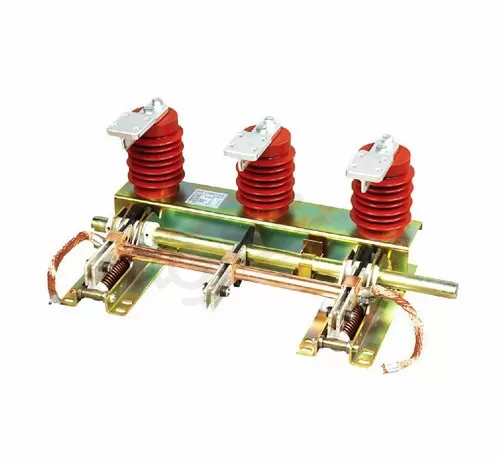
Grounding knife (also called grounding switch) is mainly: one is used in the line and equipment maintenance, to ensure personnel safety for grounding; two can be used to artificially cause a short circuit of the grounding system, to achieve the purpose of control and protection. The first role is well understood, without introduction. The second role is this: the grounding knife is usually connected to the high-voltage side of the step-down transformer, when the receiving end of the fault or transformer internal fault, the grounding knife switch should be automatically closed, resulting in a grounded short-circuit fault, forcing the sending end (upper) circuit breaker to act quickly to cut off the fault, so that this is a man-made short-circuit fault, the purpose of which is to ensure that the sending end of the circuit breaker can act quickly.
17、Main-ordering apparatus
The main commanding appliance is a mechanical operation of the control appliance, the various electrical systems to issue control instructions for the conversion and transmission of various signals within the system, etc., commonly used changeover switches, buttons, rotary switches, position switches and signal lamps, etc. belong to the scope of the main commanding appliance.
18、Contactors
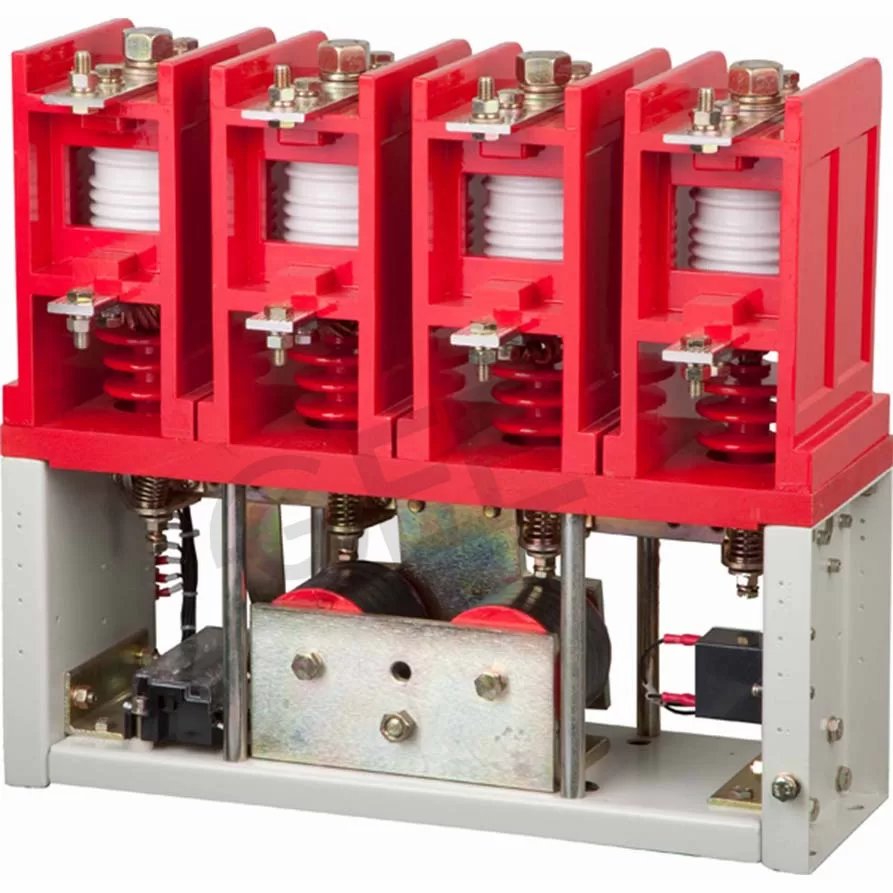
Contactor is a kind of electrical appliance used to connect and disconnect AC and DC main circuits and large-capacity control circuits frequently over a long distance, the main control object is motor, lighting, capacitor bank, etc., divided into AC contactor and DC contactor. Compared with the circuit breaker, the difference is: the action frequency is very high (thus requiring its electrical life and mechanical life is long enough); have a higher opening and closing capacity, but generally used in 1KV and the following voltage level, can not be compared with the circuit breaker tens of kilovolts, hundreds of kilovolts.
19、Relay
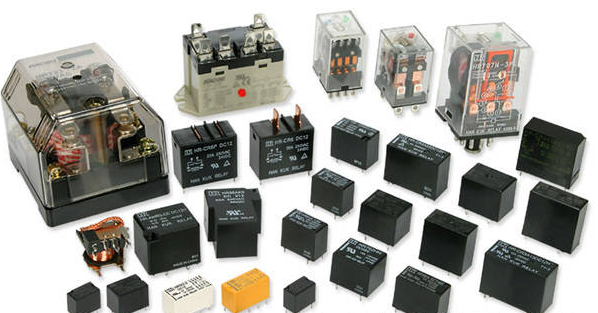
Relay is used in the control circuit to control other electrical appliances (generally the primary electrical equipment) action or in the main circuit for protection and signal conversion for electrical appliances, only for long-distance breaking, connecting small capacity control circuits, such as: AC / DC current relay, voltage relay, time relay, intermediate relay, thermal relay, and so on.

